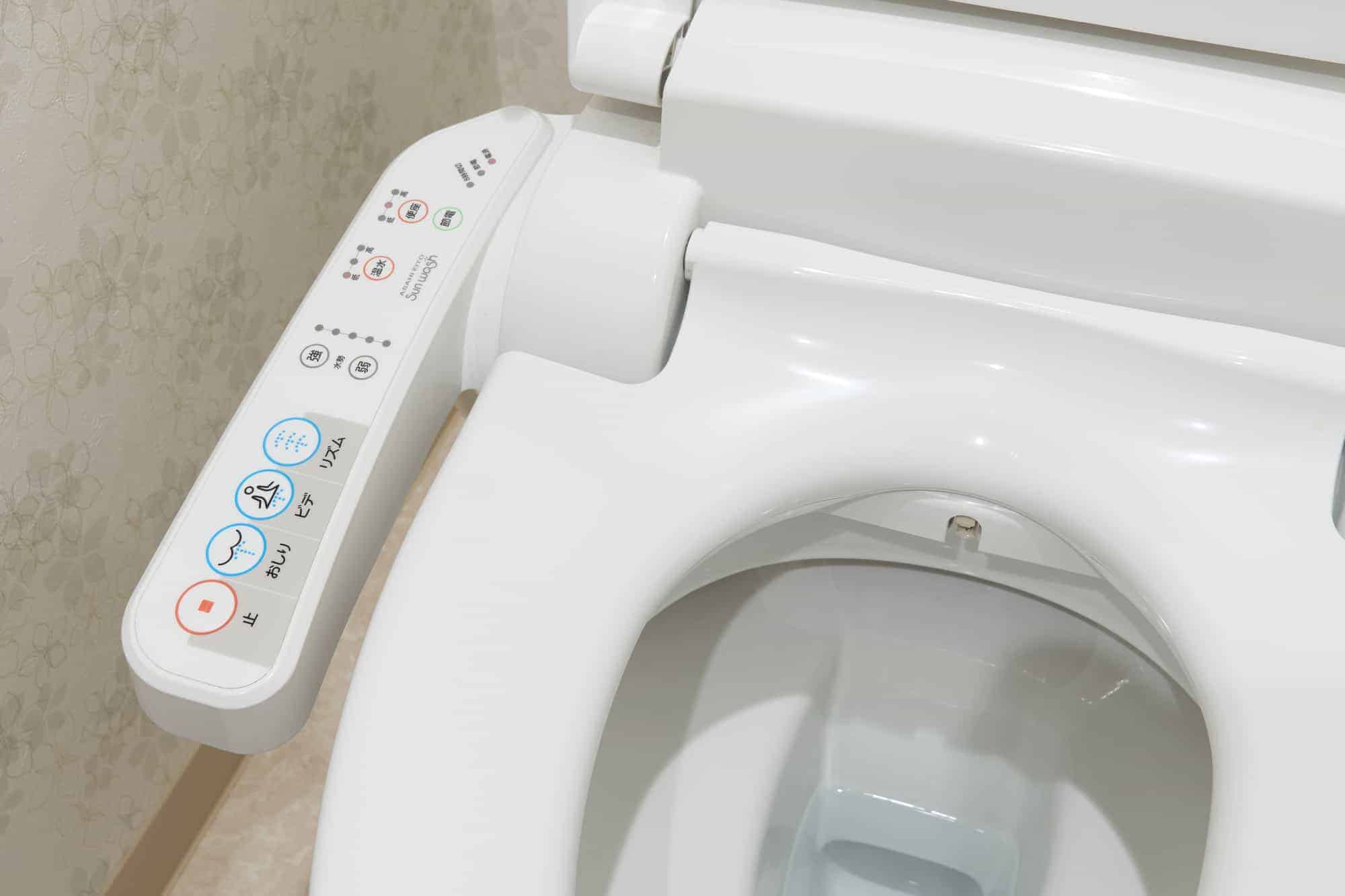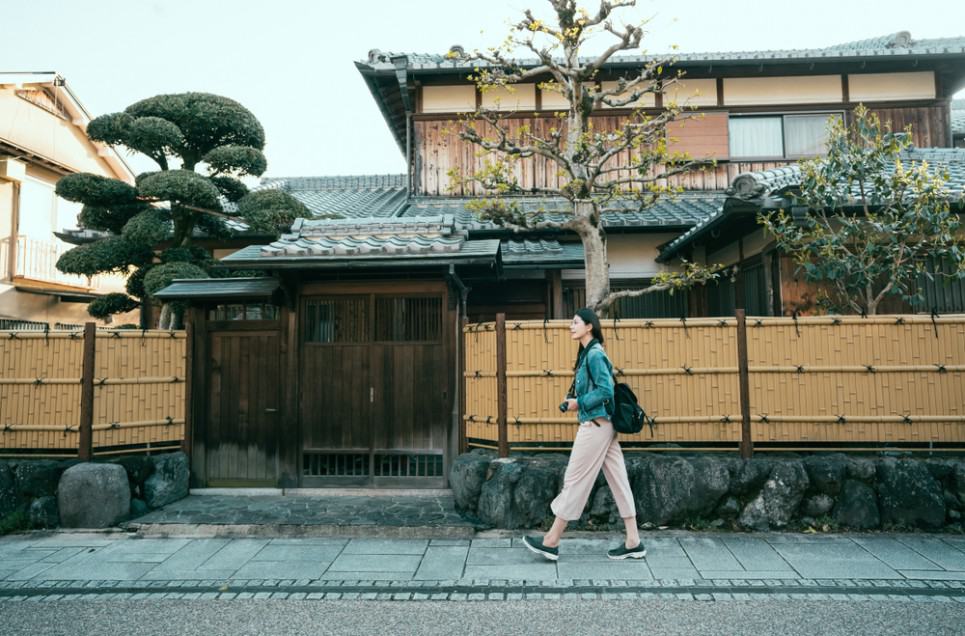Life in Japan is very different from what we see in the west. In a lot of ways, Japanese homes are actually better designed and more technologically advanced than what we see in American houses. Here at Home Addict, we’ve pulled together some of the most interesting aspects of a Japanese home that just make sense.

40. Toilets Come With a Built-in Bidet and Other Fancy Features
Japanese toilets are very technologically advanced, to the point where some wealthy homeowners even choose to export them to their own countries. Each toilet comes with a control panel that allows you to do a variety of things like heating the seat, use a bidet, and even dry yourself off with a bit of wind on your backside. Many Japanese toilets also come with the button that will allow you to play a sound effect to drown out any embarrassing noises. This is great for privacy, especially if you live in a small home with thin walls. If you wanted to buy one of these for your home in the west, expect to pay at least $1,000.




































